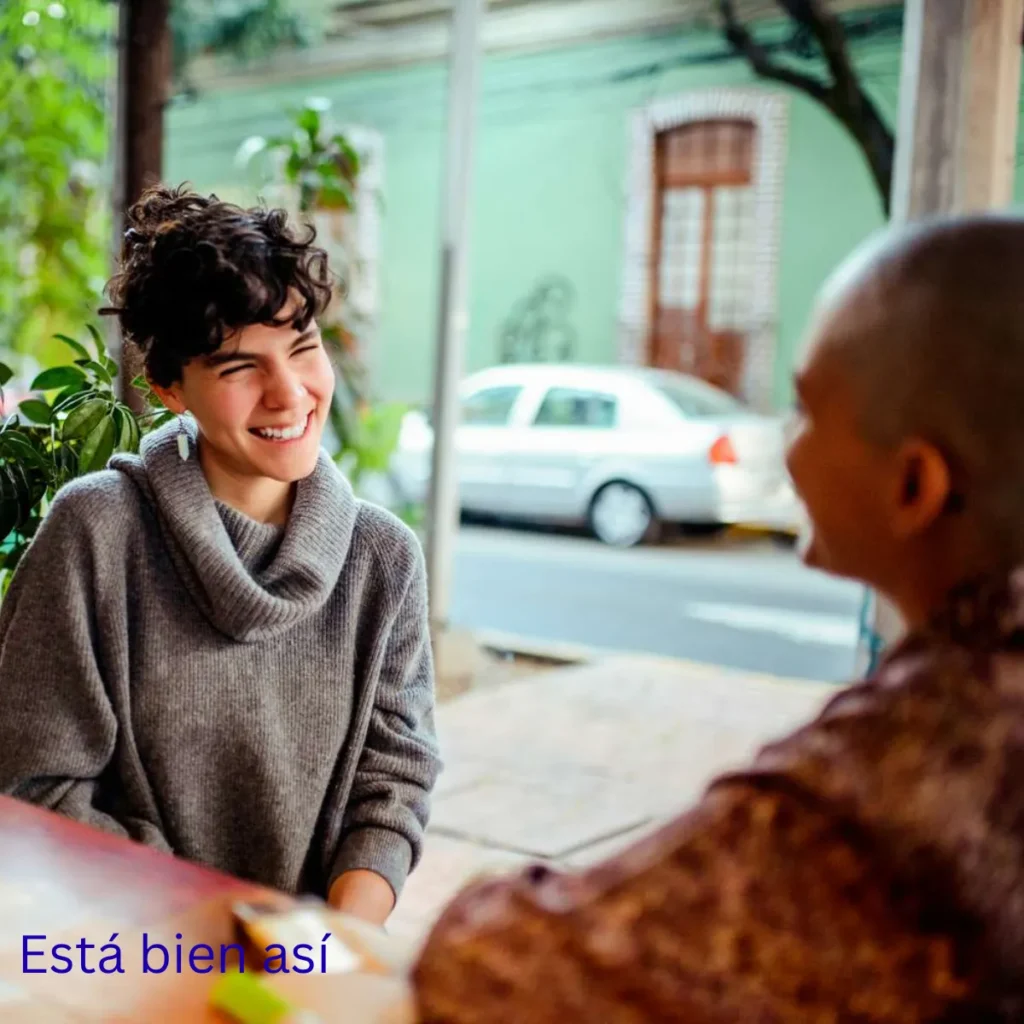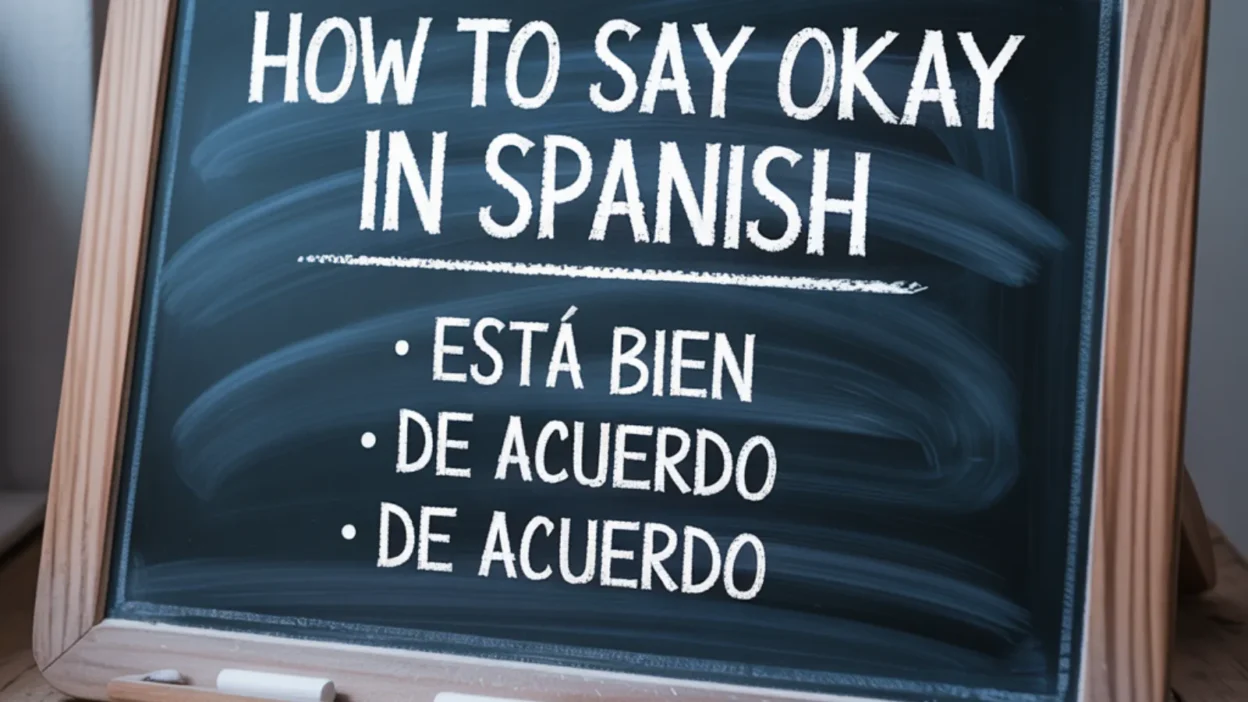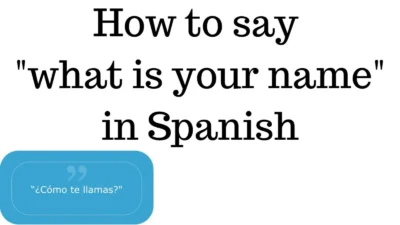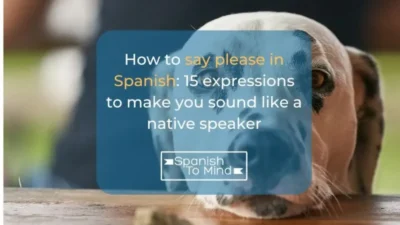If you’re learning Spanish, it’s important to know how to say okay in Spanish to agree or respond naturally in conversations. Whether you’re confirming plans, showing understanding, or casually agreeing with someone, Spanish offers many ways to express okay.
From the widely used “vale” in Spain to “está bien” in Latin America, each phrase fits different situations and regions. Mastering how to say okay in Spanish helps you sound more fluent, confident, and culturally aware in everyday interactions.
Say Okay in Spanish
Below are 15 ways to say Okay in Spanish, complete with examples and cultural insights so you know when and how to use each one naturally.
15 phrases table for How to Say Okay in Spanish
🟢 = Casual | 🔵 = Polite | 🟣 = Formal
| # | Spanish Phrase | English Meaning | Tone |
|---|---|---|---|
| 1 | Vale | Okay (common in Spain) | 🟢 Casual |
| 2 | Está bien | It’s fine / Okay | 🔵 Polite |
| 3 | De acuerdo | Agreed / Okay | 🟣 Formal |
| 4 | Okey | Okay (Spanglish) | 🟢 Casual |
| 5 | Bien | Fine / Okay | 🟢 Casual |
| 6 | Listo | Ready / Okay | 🟢 Casual |
| 7 | Claro | Sure / Okay | 🔵 Polite |
| 8 | Correcto | Correct / Okay | 🟣 Formal |
| 9 | Perfecto | Perfect / Okay | 🔵 Polite |
| 10 | Seguro | Sure / Okay | 🔵 Polite |
| 11 | Está correcto | That’s correct / Okay | 🟣 Formal |
| 12 | Trato hecho | Deal / Okay | 🟢 Casual |
| 13 | Conforme | Agreed / Okay | 🟣 Formal |
| 14 | Muy bien | Very well / Okay | 🔵 Polite |
| 15 | Andando | Let’s go / Okay | 🟢 Casual |
1. Vale (Spain)
Origin:
Used widely in Spain, “vale” comes from the Latin valere meaning “to be strong” or “to be worth.”
Example:
👤 User A: ¿Nos vemos a las 7?
👤 User B: Vale, perfecto.
Use: Common in Spain, informal to neutral.
2. Está bien

Origin:
Literally means “It’s good” or “It’s fine.” This is the most universally understood version of “okay.”
Example:
👤 User A: Vamos al cine esta noche.
👤 User B: Está bien. Me encanta esa idea.
Use: Neutral; suitable in any Spanish-speaking country.
3. Okey
Origin:
A direct borrowing of the English “okay,” often used in informal speech, text messages, or online chats.
Example:
👤 User A: Te mando el documento ahora.
👤 User B: Okey, gracias.
Use: Informal; used in many countries, especially among youth.
4. De acuerdo
Origin:
Literally means “in agreement.” It’s a bit more formal and used to show consensus.
Example:
👤 User A: ¿Firmamos el contrato mañana?
👤 User B: De acuerdo. Estoy listo.
Use: Formal or professional conversations.
5. Está bien así

Origin:
Means “It’s okay like that.” It’s used when approving or accepting something as it is.
Example:
👤 User A: ¿Quieres que lo cambie?
👤 User B: No, está bien así.
Use: Neutral; used across the Spanish-speaking world.
6. Bueno
Origin:
Though it literally means “good,” in conversation it can imply agreement or a soft “okay.”
Example:
👤 User A: Vamos a comer fuera hoy.
👤 User B: Bueno, me parece bien.
Use: Casual; used throughout Latin America and Spain.
7. Sale (Mexico)
Origin:
Short for “sale y vale” (it goes and it’s valid). Popular in Mexican slang.
Example:
👤 User A: ¿Nos vemos en el parque?
👤 User B: ¡Sale!
Use: Very informal; specific to Mexico.
8. Listo
Origin:
Means “ready,” but in Latin American Spanish, it’s often used to mean “okay” or “deal.”
Example:
👤 User A: ¿Puedes enviarme el archivo?
👤 User B: Listo, ya está enviado.
Use: Common in Colombia, Argentina, and Peru.
9. Claro

Origin:
Means “clear” or “of course.” It shows understanding or agreement.
Example:
👤 User A: ¿Me ayudas con la tarea?
👤 User B: Claro, dime qué necesitas.
Use: Semi-formal to informal.
10. Perfecto
Origin:
Literally “perfect.” Used to enthusiastically say “okay” when something sounds good or ideal.
Example:
👤 User A: Nos reunimos a las 3.
👤 User B: ¡Perfecto!
Use: Friendly and agreeable tone; universal.
11. Entendido
Origin:
Means “Understood.” Common in formal or military contexts.
Example:
👤 User A: No se permite el uso del móvil aquí.
👤 User B: Entendido.
Use: Formal; also used in professional settings.
12. Ya
Origin:
Means “already,” but can be used to express agreement or acknowledgment, like “okay, I got it.”
Example:
👤 User A: ¡Lava los platos, por favor!
👤 User B: ¡Ya, ya!
Use: Informal; often used in fast-paced conversation.
13. Ajá
Origin:
A sound more than a word—it’s like “uh-huh” in English, often said to acknowledge or affirm casually.
Example:
👤 User A: Entonces tomas esta calle y doblas a la derecha.
👤 User B: Ajá, entiendo.
Use: Informal; common in speech.
14. Está claro
Origin:
Means “It’s clear.” Often used to agree while also confirming understanding.
Example:
👤 User A: Este es tu horario nuevo.
👤 User B: Está claro, gracias.
Use: Semi-formal.
15. Como no
Origin:
Literally “Why not?” or “Of course.” It’s a positive and polite way to say okay or yes.
Example:
👤 User A: ¿Puedes ayudarme con este formulario?
👤 User B: ¡Cómo no!
Use: Formal to polite; common in the Caribbean and Central America.
FAQs
- What is the common way to say okay in Spanish?
The most common word is “Vale” — it means okay or alright. - How do you pronounce “Vale”?
It’s pronounced VAH-leh. - Is “Vale” used everywhere in Spanish-speaking countries?
It’s mostly used in Spain. In Latin America, people often say “Está bien” or “Ok.” - How do you say “It’s okay” in Spanish?
You can say “Está bien” (It’s fine). - Can I just say “Ok” in Spanish conversations?
Yes! “Ok” is widely understood and used by most Spanish speakers. - How do you say “Okay, no problem” in Spanish?
Say “Vale, no hay problema.” - What’s a casual way to say okay to friends?
You can say “Bueno” (Alright) or “Dale” (used in Argentina). - How do you say “Okay, let’s go” in Spanish?
Say “Vale, vamos.” - Is “Vale” formal or informal?
It’s informal but polite, used in everyday speech. - What’s another fun way to agree in Spanish?
You can say “De acuerdo”, which means Agreed or All right.
Conclusion:
Now that you know how to say okay in Spanish, you can confidently agree and respond in any situation—whether casually with friends or politely in formal settings. From “vale” to “claro,” these phrases help you sound more natural and connected to Spanish-speaking cultures.
Keep practicing these expressions, and you’ll quickly feel more fluent and comfortable using them in real conversations.



